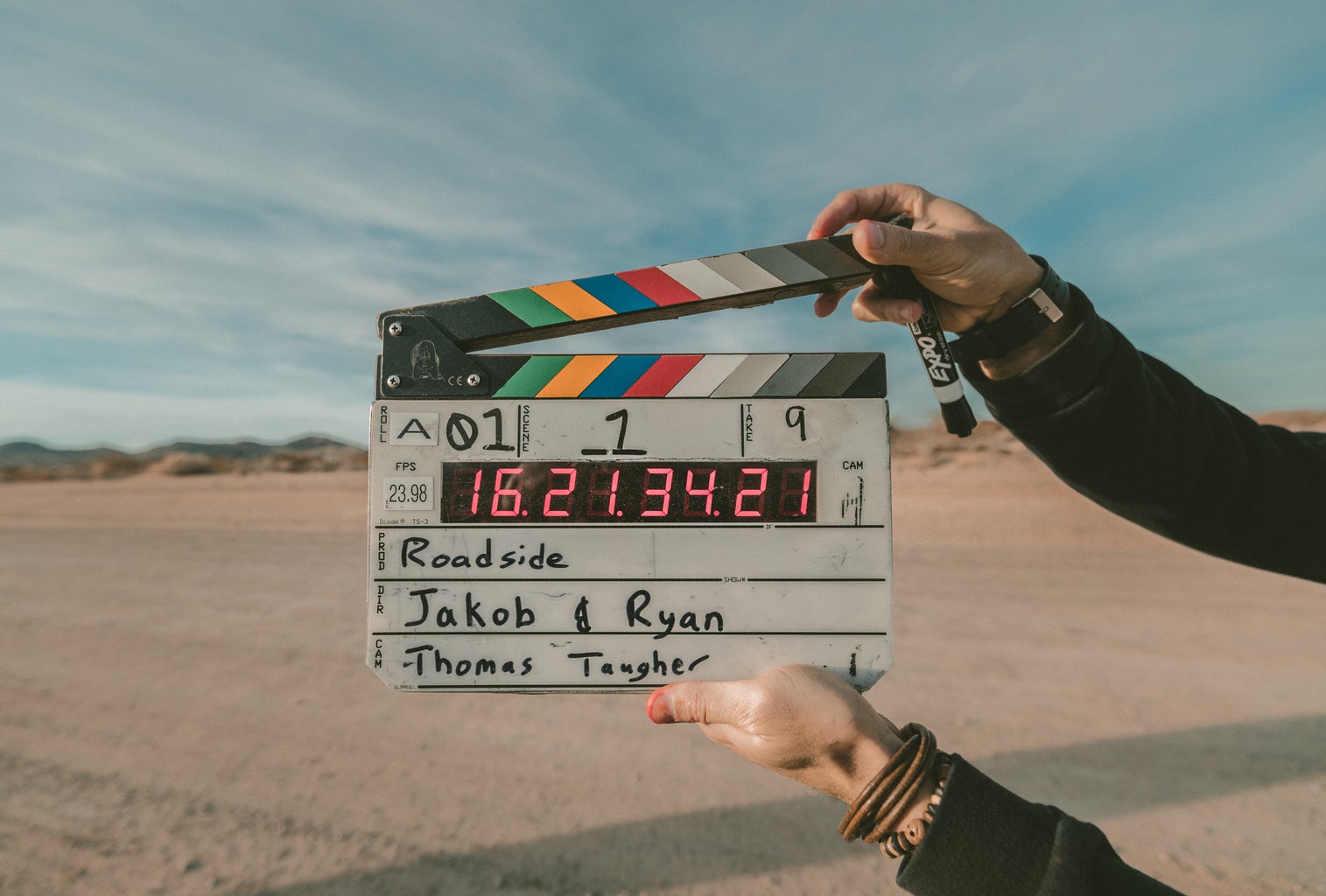Canadian philosopher Marshall McLuhan coined the phrase “The medium is the message” in the 1960s. But what exactly does that mean?
McLuhan proposes that the medium used to convey ideas is just as important as the ideas themselves.
Let’s try a little exercise. Think about your favourite movie. Now, think about your favourite novel. Would their respective messages be as strong if they were, say, a television show or poem? Would they be stronger?
You see, a story’s themes rely on its medium. For example, there’s a reason why books are adapted into shows nowadays — the serial structure of television works well with the chapters of a book. All of this goes to show that the medium is the message.
This is an exciting discovery for consumers, but for writers, it makes writing a little more challenging. Often, the stories contained in our heads fail to meet expectations precisely because the wrong medium was chosen.
Long-form content, like novels or films, often confuses writers the most. Screenwriting and novel writing, though similar in storytelling devices, rely on completely different tools. So, the question is, where does that story in your head (yeah, you know the one) fit?
The Screenplay
Screenwriting is daunting. The whole process is technical because of its formatting and tonal rules. However, the screenplay is a unique way to tell a long-form story because it blends the linguistic with the visual.
Screenplays are never in their final form. Filmmaking is a collective experience, pulling talent from all areas (such as actors, directors, and producers) who each influence the final product. Screencraft writes, “[a] screenplay does not tell the director and cinematographer how to set up a shot,” instead, they “might make suggestions […] but the actual realizing of the scene is worked out by the director.”
This means that, as a screenwriter, you must be willing to sacrifice your distinct vision of the film’s final form and embrace collaboration. What you do have control over, though, is the sequence of shots as opposed to their configuration.
According to nofilmschool, The Sequence Approach is “a method that breaks down the narrative of a film into smaller, manageable units known as sequences.” The way you, as a screenwriter, decide to order scenes influences the story’s main themes and the audience’s engagement.
With this control, a screenwriter can play with things like memory and perspective (for example, the Kuleshov effect, which manipulates the audience’s interpretation based on the sequence of shots).
Sequence influences the emotional impact of a story, too. While novels use description to depict character emotions, the screenplay depicts a character’s emotions through action and syntax. For example, a character’s movement and responses demonstrate their internal feelings. This is beneficial for both actors and writers.
Summed up, here are some things to consider when drafting your screenplay:
- How long is your story? Long-form works best in film format, though television is starting to emerge in long-form as well. Consider serial storytelling and its relation to your narrative before committing to television, though.
- What does your story look like visually/cinematographically? If you want to write a screenplay, consider whether it benefits from visual elements. Think: shot orientation, camera movement or lighting. Each of these elements contributes to the overall impact of your story’s themes.
- Are you working with complex sequences? Some complex time jumps or techniques like the Kuleshov effect are more easily conveyed through a medium like film.
- Is interior description best kept unsaid? Characters in a screenplay often emote via body language and dialogue. Other visual elements contribute, too. However, many of these are added by a director or during post-production. Ask yourself whether your story is better conveyed by leaving things up in the air and portraying feelings via action.
- Are you willing to let go? A film is a collective project, and your screenplay is no longer just yours once it’s in production. Make sure you are emotionally ready to hand the reins over to someone else.
The Novel
There’s no greater feeling in the world than opening up the pages of a fresh new book. But, before your bestselling story goes anywhere, you have to consider whether a novel is actually the right medium for you.
Unlike the screenplay, the novel is in its final form. Screencraft puts it best when it says, “Novels, while they can be a team effort, are rarely written with more than a novelist and an editor.”
I would also add that people often read novels individually unless you’re a time traveller from the 1800s or just love reading out loud. As a writer, there’s great comfort in knowing that a single person will digest the words you write at a single moment in time. There’s a particular intimacy there, and the contents of a novel reflect that.
Language punctuates symbols, themes, and other literary devices. Unlike screenplays, descriptions in novels uncover truth via thoughts and actions rather than actions alone. Readers embody characters because the text narrates feelings and senses to them.
Studiobinder provides a great example of the difference between description in a screenplay versus a novel. For instance, the line “he remembers his past fights” would be hard to capture onscreen. However, a novel is able to penetrate the mind, memory, and experiences of its readers to help them embody it. Essentially, a novel better captures and conveys what it means to remember past fights much easier than a film or other visual medium.
Here is everything you need to know about novel writing, summed up:
- How long is your story? Like the screenplay, you want to make sure you have enough content for the novel itself. A story is considered a novel at 50,000 words or 200 pages.
- How intimate is your story? Screenplays and novels have the potential to be equally intimate. However, a novel’s description reveals much more about a character’s thoughts and emotions than the former. A screenplay requires more interpretation of feeling.
- Can you part with the visuals? While description uncovers imagery and immerses readers in the world you have created, elements like camera movement and shot distance are unable to be recreated linguistically. If you prefer descriptions, a novel is probably best for you.
- Do you require more control? As the author of a novel, you have more control over the interpretation and output of your final story than a screenplay. For instance, personal stories and biographies are much easier to write in a book than in a screenplay.
Now, think once again about that one story that’s been bouncing around in your mind and notes app. Maybe, slowly, you’ll find yourself opening up a blank Google Doc or flipping open a notebook. But just remember: the medium is the message.




